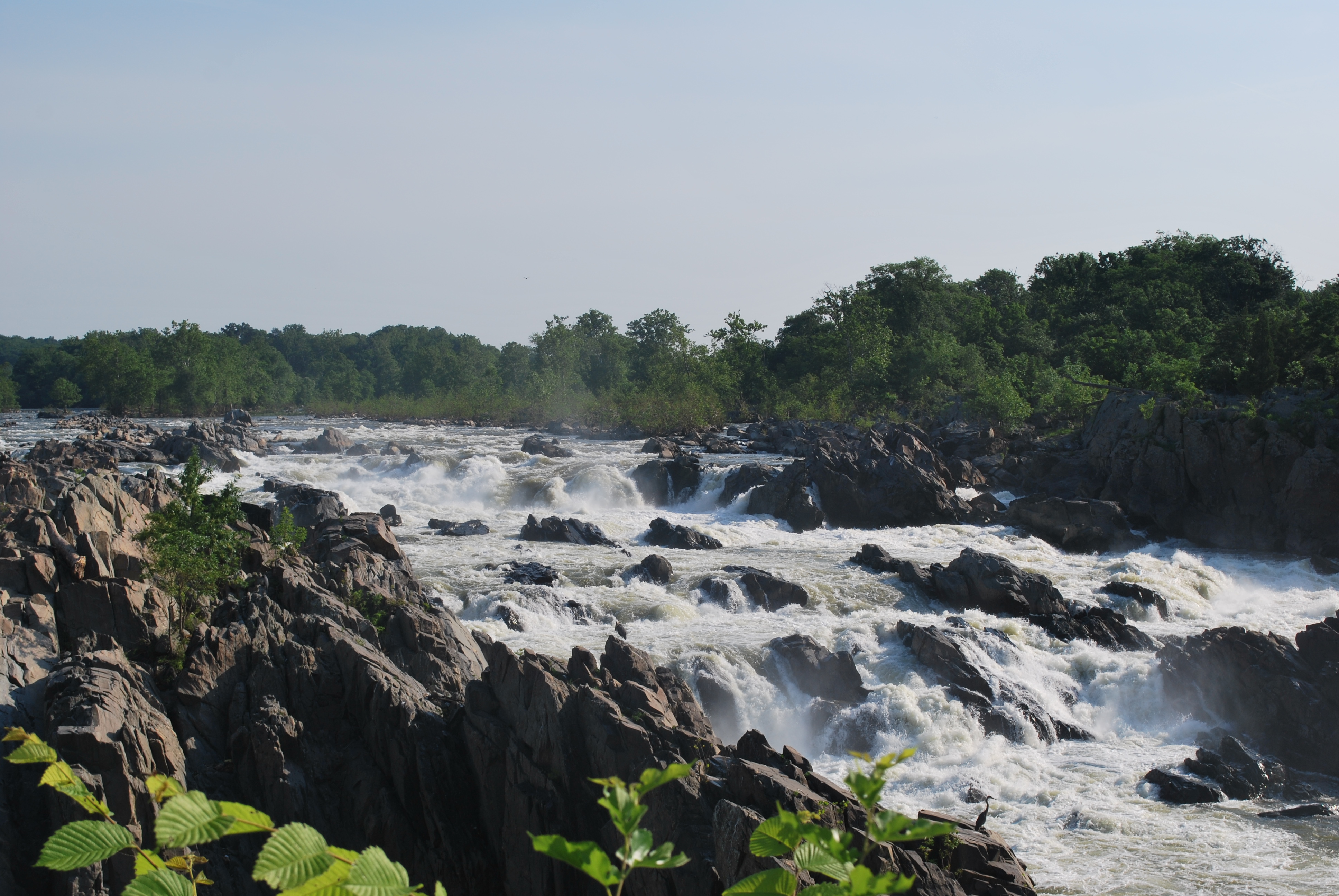Success Stories from DC Water’s 2022 ESG+R Report

It is with great pleasure that I can share some of the key findings from DC Water’s second annual ESG report, which focuses on the Environmental, Social, Governance and Resilience progress made across the fiscal year of 2022 (FY22). This is a proud moment for our leadership team since DC Water is the first - and only - municipal water utility in the nation to issue this type of comprehensive ESG report.
As a water and wastewater utility, we are impacted by numerous forces beyond our control, but we still have a responsibility to our employees and customers to ensure that our services have a positive impact on the community we serve. Through our annual ESG report, DC Water is building trust and working to improve transparency, and hold ourselves accountable. The report aligns with our updated strategic plan, Blueprint 2.0., which helps us provide the best services possible to our customers, our workforce, and the broader community.
We are proud of the fact that our team advanced our ESG goals in FY22 through numerous programs and initiatives. The following five success stories are pulled from the full report, which can be accessed here.
- Exceeding Renewable Energy Goals
In planning for FY22, DC Water set a goal that 42 percent of the total energy used for our operations would come from renewable sources. We are happy to say that we met that goal and then some, as renewable energy provided 43 percent of our total energy use. This was
made possible, in part, by our Phase 1 Solar Program at our Blue Plains Advanced Wastewater Treatment Plant, the largest plant of its kind in the world. Nearly 60% of the energy used to power Blue Plains is renewable energy, a stat we hope to continue to increase in the years to come.
- DC Clean Rivers Project and Biodiversity Progress
Our mission to positively impact our local environment can be measured by the increased health of our ecosystem. While we continue to return more than 300 million gallons of treated water, water that is cleaner than when it was first sourced, back into the Potomac River every day, we have additionally completed the next phase of the DC Clean Rivers Project. This project reduces combined sewer overflows (CSOs) and improves water quality and biodiversity in many different ways, including decreasing water bacteria levels, and improving the aquatic habitat for indigenous species who depend on local waterways.
- Community and Workforce Impacts
DC Water does far more than just providing water services. The work that we do has positive impacts on the community we serve, as well as our incredible workforce. One of the ways in which DC Water supports the community is by hiring local residents for new job openings. To measure this objective, we set a FY22 goal to have 75 percent of new jobs within the organization filled by local residents in underserved communities. Not only did we meet that goal, we surpassed it by 10 percent.
Equitable and affordable rates are a must to ensure that each and every individual has access to the most important natural resource our planet has to offer. DC Water established our nine customer assistance programs to delivery equity and affordability to those we serve. In FY22, DC Water provided a record $12.8 million in assistance to families in need, a stat that I am incredibly proud of.
- Governance and EMAP Progress
Like the rest of the water sector, DC Water increasingly faces cybersecurity and climate threats. Governance is now, more than ever, essential to our operations, and our policies and practices serve to protect against these perils.
In 2019, DC Water became the first utility in the nation to successfully accomplish the Emergency Management Accreditation Program (EMAP) accreditation which evaluates the capabilities of disaster preparedness and response systems. This year, we submitted a report to EMAP that provides an overview of how we stay in compliance with the standards required within the accreditation. This year’s progress includes the development of a five-year plan revision cycle with annual updates and tracked participant reviews, and delivering more than 60 training and exercise events for staff and partner response agencies to assist in building resilience for the utility and region.
As previously mentioned, cyberattacks continue to increase in today’s society, a fact that does not exclude the water sector. As our operations increasingly depend on technology, it is imperative that DC Water reinforce our own cyber resiliency, as well as overall cybersecurity. DC Water was recognized in February of 2022 when the White House authorized the creation of the National Cyber Security Taskforce for Water and the Authority was one of ten utilities nationwide invited to join the Taskforce.
This past year, I also had the honor of being named to President Biden’s National Infrastructure Advisory Council (NIAC), where I serve as the sole expert from the wastewater utility sector. I was additionally invited to testify in front of the House Homeland Security Committee to speak on the importance of securing the resilience of the nation’s critical water infrastructure and expanding upon the cybersecurity and cyber resiliency activities DC Water leads.
- The Addition of Resilience
You may have noticed that this year’s ESG report includes the addition of an extra letter: “R.” We decided to expand the report to integrate many facets of resiliency, hence the “R.” We found it necessary to use resiliency as a means by which to demonstrate our commitment to improving DC Water’s ability to prepare for, adapt to, and succeed against challenges faced by the water sector.
In an effort to continue to disclose information relevant to climate resiliency, risks, and opportunities, DC Water adopted the disclosure framework of the Task Force on Climate-Related Financial Disclosures (TCFD). The inaugural TCFD disclosure, located at the end of the report, discusses our governance, strategy, risk management, and metrics and targets in mitigating and adapting to climate change. We look forward to including this disclosure in our future ESG+R reports.
Yet another success story, highlighted in the resiliency section, focuses on protecting Blue Plains from a potential storm event. DC Water was able to secure $20.3 million in funding through the Federal Emergency Management Agency (FEMA) Building Resilient Infrastructure and Communities (BRIC) grant to construct a floodwall. This wall will reduce the risk of disruption to wastewater services from future extreme flooding events.
I would like to offer my sincerest thanks to the fantastic DC Water workforce and leadership team, all of whom made this detailed report a reality. While ESG reports are a common practice in the greater corporate world, I hope other utilities will be inspired to create their own reports to formally manage their accountability related to their environmental, social and governance impacts. I fully believe that prioritizing ESG-related topics has strengthened our organization, and we continue to make the Authority a more resilient, insightful, and successful utility to meet the needs of today and tomorrow.





